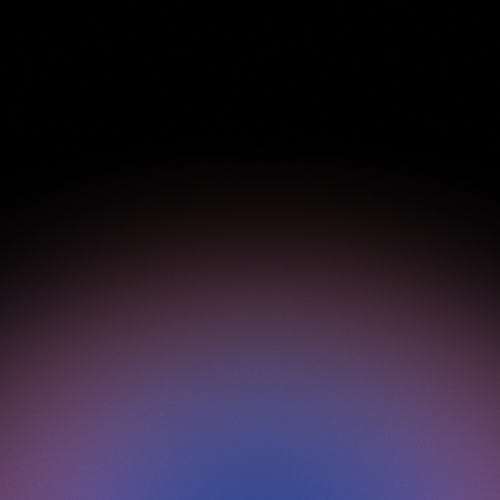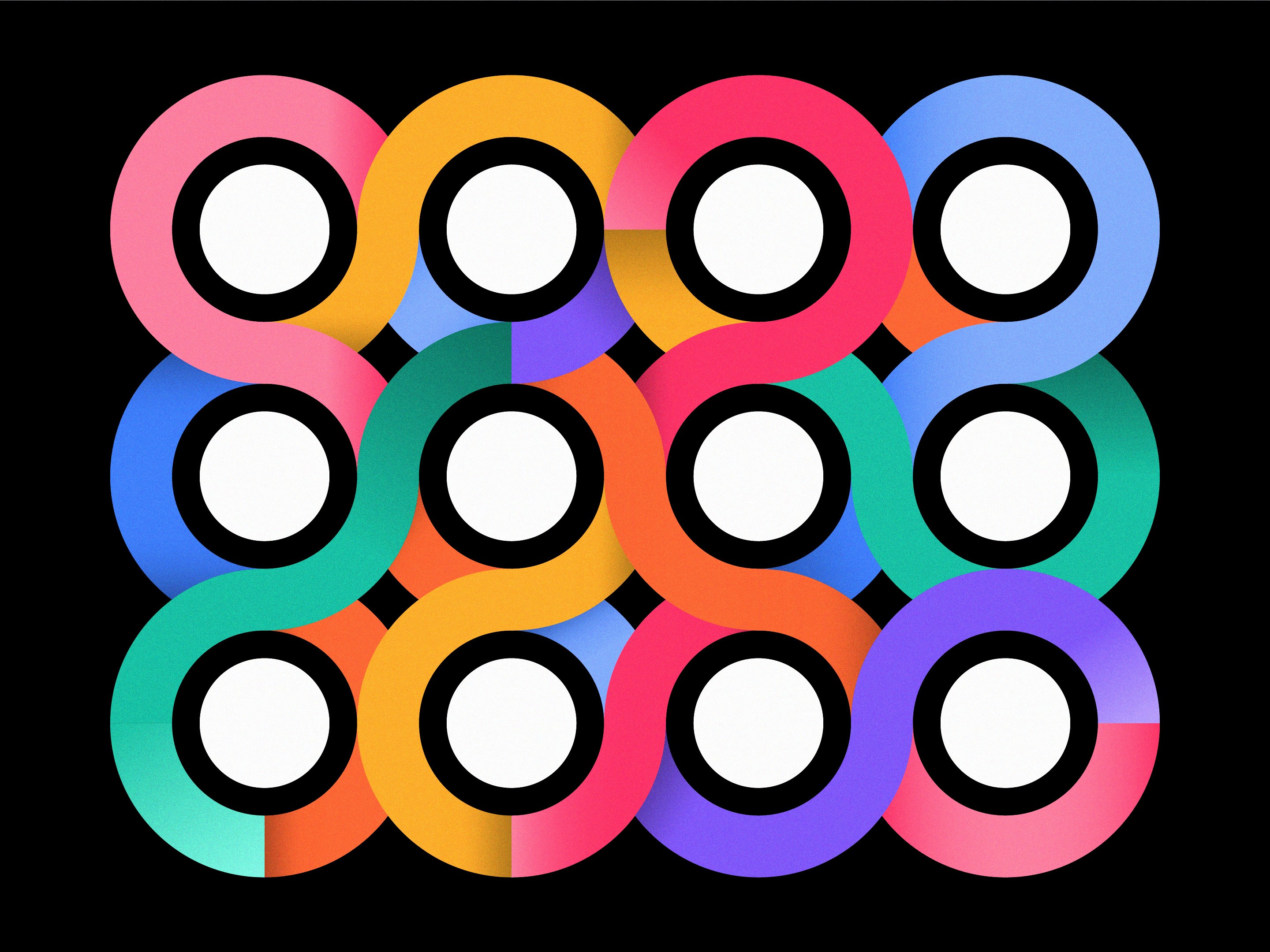
How to cultivate creative inspiration: Q&A with creative director Jonathan McGlothin
May 14, 2025 / 3 min read

Illustration by Carter Teranes at Fifty Thousand Feet
Tools of the Trade: Jonathan McGlothin of Fifty Thousand Feet
What is one tool you use all the time at work, and how does it inspire your work?
Visual research is a critical, ongoing practice for my work as a creative director. I’ve relied on magazines for many years as part of that research. I use them to get informed and inspired about the constantly evolving world of art, architecture, design, photography, technology, fashion and advertising. In addition to the educational value of reading articles and staying current on issues, magazines provide a snapshot of culture at a given moment.
A few titles that I always have on hand are Aperture, Dazed, Eye, The Gentlewoman, Mousse and Port.
Why is it your favorite?
In an industry that requires one to be in front of the screen nearly constantly, I look for opportunities to break out of the digital space. Print offers a chance to spend more time with the physical content and is a counterbalance to online research. It’s also a reminder of the value of slowing down and how interacting with tactile objects can bring dimension to the reading experience.
How did you acquire your tool or hear about it for the first time?
As a teenager, magazines offered me a way of accessing ideas and identities that were new and exciting in titles like i-D, The Face and Interview. They opened my eyes to the language of art direction and typography through editorial design. Learning about the designers behind those magazines, like Terry Jones, Neville Brody, Tibor Kalman and Fabien Baron, inspired my decision to study photography and design — and ultimately pursue a career in the creative field.
How does your tool help you be successful?
For work, magazines are an excellent resource for visual inspiration. I can’t count the times I’ve found typography references or discovered a new photographer or illustrator to consider for a project in the pages of a publication. Editorial design also has a rich history, and there’s never a shortage of pioneering designers with archives to revisit. I’ve recently spent a lot of time with the work of Willy Fleckhaus, most widely known for his design of the lifestyle magazine ‘twen’. That work spanned from the late 50s to early 70s, and still feels incredibly fresh; you can definitely see his influence on contemporary design.
Does it have sentimental value?
Looking back, I’m nostalgic for some independent bookshops that have closed, and it has been sad to see many significant publications go out of circulation.
Do you think it could go viral?
It’s also encouraging to see more resources and platforms committed to the future of publications. One of those is magCulture. They believe that editorial creativity is an ever-developing discipline that continues to adapt to technologies and circumstances. In addition to having a physical shop in London, their website, social media and podcast series dedicated to magazine founders, art directors, editors and designers are full of rich content and interviews with a devoted following.
This article originally appeared in Adweek’s “Tools of the Trade” series, which explores essential resources that drive success for advertising and marketing professionals.
About the Author
Jonathan McGlothin is a Creative Director at Fifty Thousand Feet. He has led brand and campaign work for Sony, Knoll, the New York Stock Exchange, and the Hirshhorn Museum. He previously held creative roles at Wieden+Kennedy and Young & Laramore and has contributed to Ad Age and PRINT.
Topics
- Design






